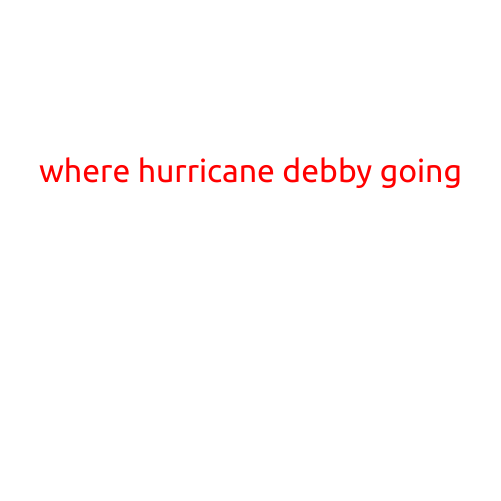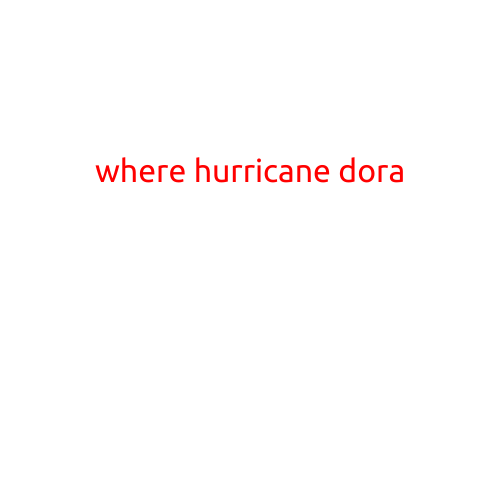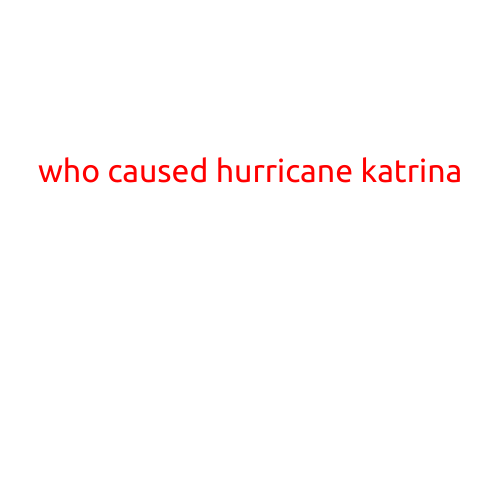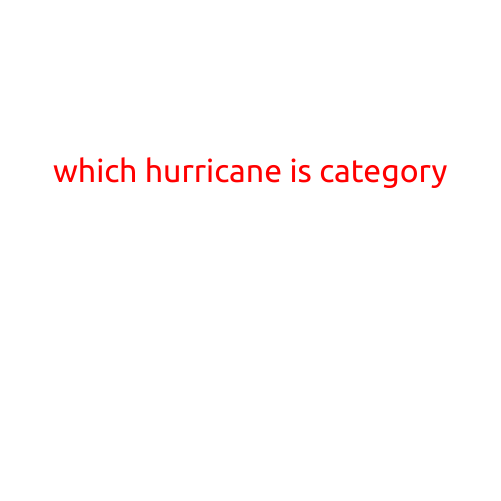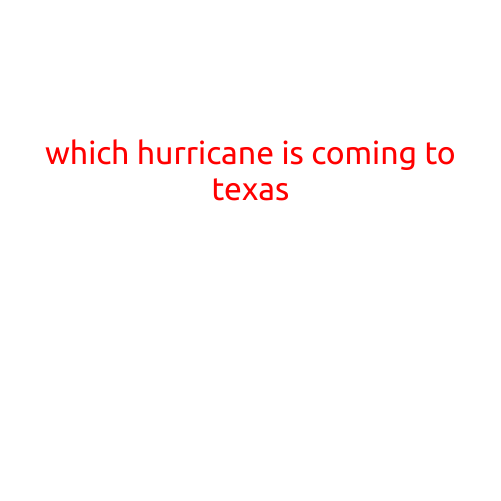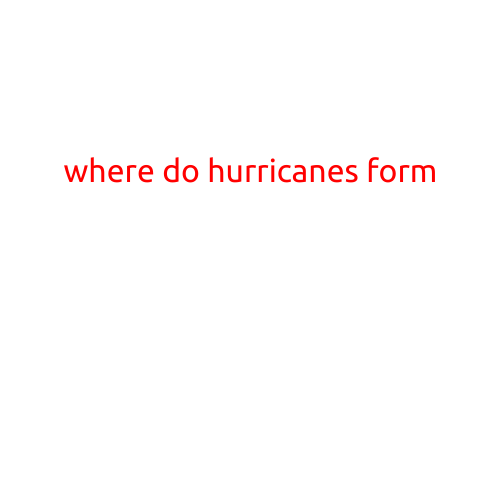
Where Do Hurricanes Form?
Hurricanes are powerful tropical cyclones that form over the warm waters of the ocean. But have you ever wondered what causes them to form in the first place? Hurricanes are a type of tropical cyclone that can bring devastating winds, heavy rainfall, and catastrophic flooding to coastal communities worldwide. Understanding where and how hurricanes form is crucial for disaster preparedness and mitigation.
The Ideal Conditions
Hurricanes require a specific set of conditions to form and sustain themselves. These conditions include:
- Warm Ocean Waters: Hurricanes need warm ocean waters (at least 26.5°C or 80°F) to a depth of about 50 meters (164 feet) to form and maintain their strength.
- Moist Air: Hurricanes thrive in humid environments with high levels of atmospheric moisture.
- Low Pressure: Hurricanes need a pre-existing area of low pressure to develop, which typically forms over warm ocean waters.
- Weak Wind Shear: High levels of wind shear (changes in wind direction and speed with height) can disrupt the circulation of air within the hurricane, preventing it from forming or sustaining itself.
Formation Zones
Hurricanes tend to form in specific zones around the world, where the combination of warm ocean waters, moist air, and favorable wind patterns come together. These zones include:
- The Atlantic Basin: hurricanes form in the Atlantic Ocean, Caribbean Sea, and Gulf of Mexico. This is where the majority of hurricanes occur in the Northern Hemisphere.
- The Eastern Pacific Basin: hurricanes form off the west coast of Central America and Mexico.
- The Western Pacific Basin: hurricanes form in the western Pacific Ocean, often affecting countries such as Japan, the Philippines, and Taiwan.
- The Indian Ocean: hurricanes, known as cyclones, form in the Indian Ocean and can affect countries such as India, Sri Lanka, and Bangladesh.
- The South Pacific Basin: hurricanes form in the southern Pacific Ocean and can affect countries such as Australia, New Zealand, and the Pacific Islands.
The Life Cycle of a Hurricane
Once a hurricane forms, it undergoes a life cycle that consists of several stages:
- Formation: A hurricane develops over warm ocean waters when atmospheric conditions are favorable.
- Intensification: The hurricane strengthens as it feeds on the warm ocean waters and moist air.
- Maturity: The hurricane reaches its peak intensity and size, with sustained winds of at least 119 km/h (74 mph).
- Weakening: The hurricane begins to lose strength as it moves over cooler ocean waters or encounters wind shear.
- Landfall: The hurricane makes landfall, bringing heavy rainfall, strong winds, and storm surge to coastal communities.
Conclusion
Understanding where hurricanes form and how they develop is crucial for predicting the potential impact of these powerful storms. By recognizing the ideal conditions for hurricane formation, we can better prepare for these devastating events and mitigate the damage they cause. Whether you live in a hurricane-prone area or simply want to stay informed, knowing where hurricanes form can make all the difference in staying safe during these powerful storms.
